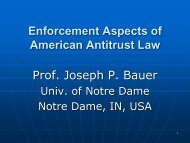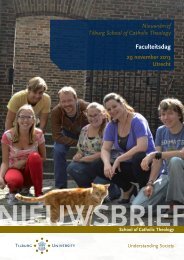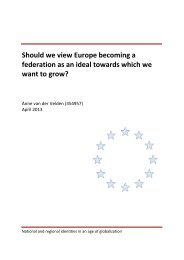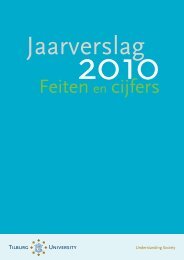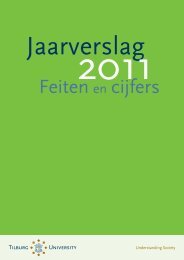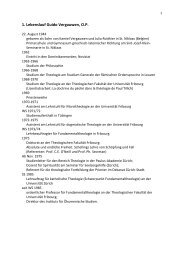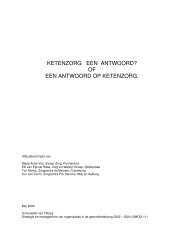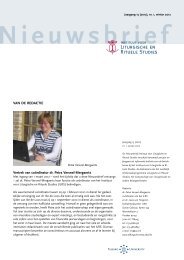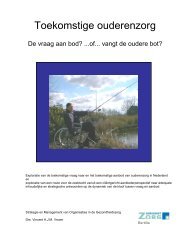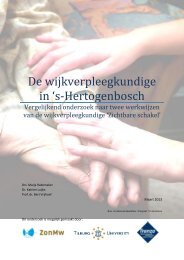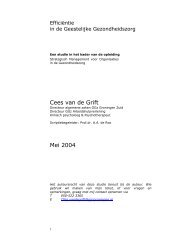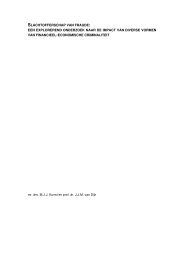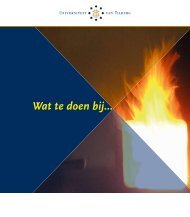Here - Tilburg University
Here - Tilburg University
Here - Tilburg University
Create successful ePaper yourself
Turn your PDF publications into a flip-book with our unique Google optimized e-Paper software.
Presenter<br />
Storfinger, Nina; <strong>University</strong> of Giesen<br />
Authors<br />
Nina Storfinger; <strong>University</strong> of Giessen<br />
Natalja Menold; GESIS - Leibniz-Institut für Sozialwissenschaften, Mannheim<br />
Peter Winker; <strong>University</strong> of Giessen<br />
Title<br />
Indicator based method for ex-post identification of falsifications in survey data.<br />
Abstract<br />
Data quality in face-to-face interviews might be affected by interviewers'<br />
irregular behaviour like intentional deviation from the prescribed interviewing<br />
procedures, called cheating or interviewer falsification. As a part of a DFG<br />
research project we develop a multivariate statis-tical method - based on the<br />
motivation of such cheating behaviour - for ex-post identifica-tion of<br />
falsifications in survey data.<br />
As a first step in the project we conducted two explorative studies to identify the<br />
attributes of questionnaires, which would be useful to identify falsified data.<br />
During this step, existing real survey data is compared with “falsified” data<br />
which is fabricated by people participating in the explorative study. First results<br />
indicate clear differences between falsi-fied and real data. Falsifiers show a<br />
higher proportion of denominations of the option “Oth-ers” (in all semi-open<br />
questions which offer the option “other”), show less extreme answers in scale<br />
questions and they overestimate the political knowledge of real respondents.<br />
Fur-ther the falsifiers tend to round their answers to open-ended questions<br />
which require a me-tric answer like income or the frequency of a specific<br />
behaviour. Also they show higher in-ternal consistencies in item sets which are<br />
calculated by means of reliability coefficients.<br />
Based on these results we compute for every interviewer some specific<br />
“indicators of cheating” which are included in the multivariate analysis. For<br />
example we calculate the share of extreme answers in all scale questions or the<br />
share of rounded answers in all open-ended questions, and incorporate them in



